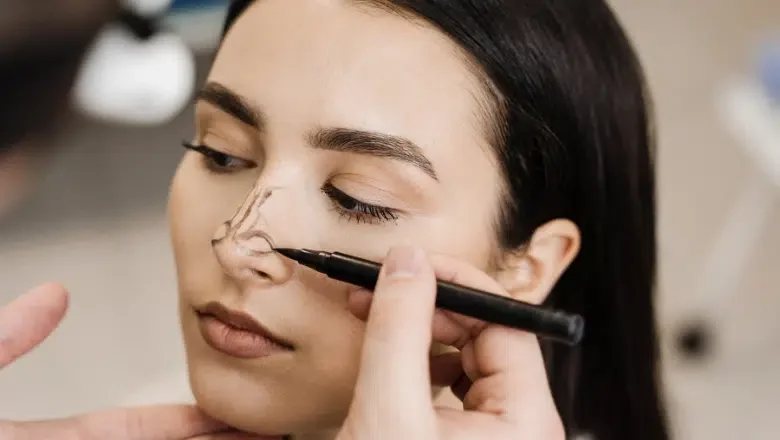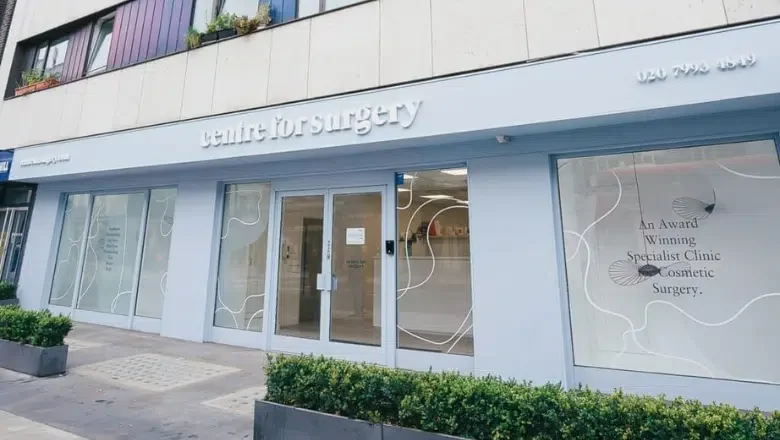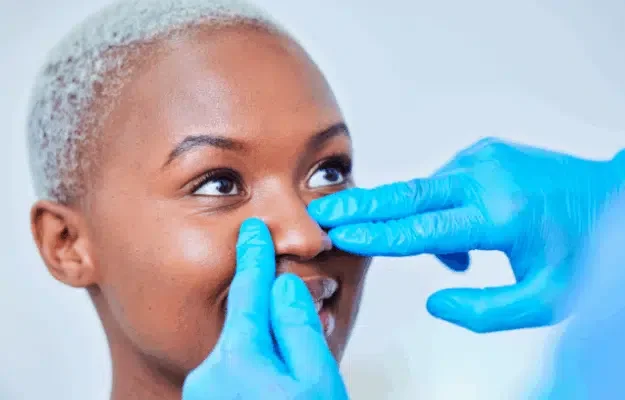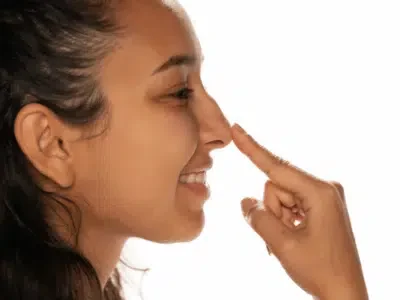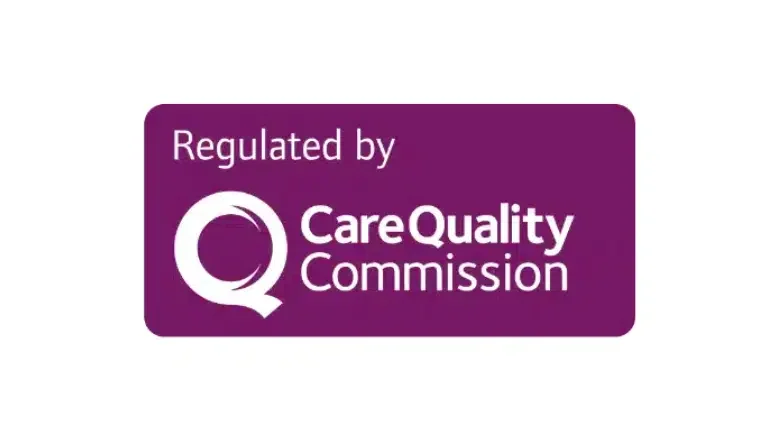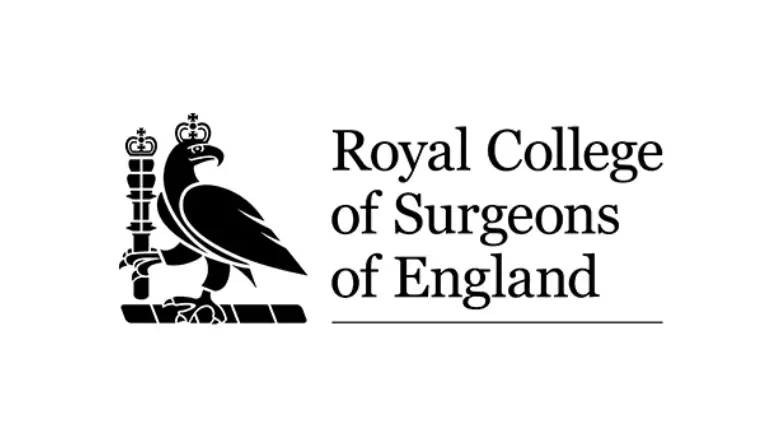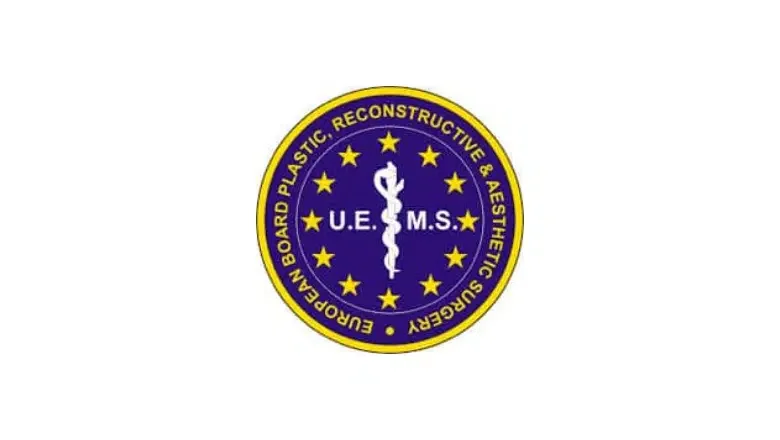Rhinoplasty, commonly known as a nose job, is one of the most popular cosmetic procedures in the UK. People seek this surgery for a variety of reasons, from improving their facial balance to correcting breathing difficulties caused by structural issues. However, one aspect of rhinoplasty that is often overlooked is how the procedure differs between men and women. While the fundamental techniques remain the same, there are distinct aesthetic goals, anatomical variations, and surgical approaches that set female and male rhinoplasty apart.
RELATED: What Does An Attractive Nose Look Like?
The Role of Facial Aesthetics in Rhinoplasty
One of the key differences between female and male rhinoplasty lies in the overall aesthetic ideals for each gender. Women typically prefer a nose that appears more delicate, refined, and slightly upturned, whereas men often seek a nose that looks strong, straight, and well-defined. The desired outcome is closely tied to the concept of facial harmony.
For women, a nose that is too large or wide can disrupt the balance of their facial features, making the rest of the face appear softer than desired. A common request in female rhinoplasty is to create a more feminine profile, which often includes narrowing the nasal bridge, refining the nasal tip, and ensuring the overall structure appears elegant. In contrast, men usually prefer to maintain a more prominent nasal structure that enhances their masculinity. Reducing the size too much or making the nose too refined can result in an appearance that looks unnatural or unbalanced with stronger facial features.
RELATED: Different Types of Nose Shapes – What are the Surgical Options?
Structural and Anatomical Differences in the Nose
Male and female noses are different in structure due to natural anatomical variations. Men tend to have thicker skin, which affects the final shape of the nose following surgery. Thick nasal skin can limit the amount of refinement possible, particularly in the nasal tip, which may not appear as defined as it would in a female patient with thinner skin.
The nasal bone structure is also generally stronger and more pronounced in men. This means that male rhinoplasty often involves reshaping the nasal bridge while maintaining a natural look that does not appear overly reduced or narrow. In contrast, women tend to have a softer nasal structure, making the process of refinement easier.
Cartilage strength is another factor that differs between genders. Men typically have thicker and firmer nasal cartilage, which provides better support for certain surgical modifications. Women, on the other hand, have softer cartilage, meaning extra reinforcement may sometimes be needed to ensure the nose maintains its shape over time.
Differences in Nasal Tip Shape and Projection
Another area where male and female rhinoplasty differ is the shape and projection of the nasal tip. Many women request a more refined nasal tip that has a slight upward rotation, which contributes to a feminine and youthful appearance. This gentle upturn should be subtle to avoid an overly “surgical” or artificial look.
Men, however, typically prefer a nasal tip that is more defined and projects forward in a straight line. A tip that is too rotated can create an overly delicate look, which may not align with masculine facial aesthetics. Additionally, since men have thicker nasal skin, achieving a sharply defined tip can be more challenging, requiring advanced techniques to create a natural yet structured result.
The Angle Between the Nose and Upper Lip
One of the key elements in rhinoplasty is the nasolabial angle, which refers to the angle formed between the nose and the upper lip. This angle plays a crucial role in determining how the nose complements the rest of the face.
For female patients, a slightly greater nasolabial angle is often desirable, typically between 100 and 110 degrees. This slight upward tilt of the nose contributes to a softer and more youthful look. However, it must be carefully planned to avoid creating an unnatural appearance.
For male patients, a more neutral or slightly lower nasolabial angle—usually between 90 and 95 degrees—is preferred. A nose that is too upturned can create a feminised appearance, which is not ideal for most male patients seeking a strong and natural result.
Addressing Common Concerns in Male and Female Rhinoplasty
Despite the differences in surgical approaches, both male and female patients often share common concerns when it comes to rhinoplasty. Many people seek to correct a hump on the nasal bridge, improve breathing function, or enhance overall facial symmetry. However, the way these concerns are addressed can differ depending on gender.
For men, dorsal humps—prominent bumps on the nasal bridge—are often a major concern. While some men prefer to retain a slight hump to maintain a rugged, masculine appearance, others want it reduced while ensuring the nose still looks strong and natural. Complete removal of a dorsal hump in male rhinoplasty requires careful consideration to avoid an overdone appearance.
For women, the focus is often on creating a smooth and elegant profile. This typically involves removing or minimising any dorsal hump while ensuring the nasal bridge appears refined but not overly thin. A nose that is too narrow can disrupt overall facial harmony, so achieving the right balance is essential.
Breathing concerns are another common issue that affects both men and women. A deviated septum, enlarged turbinates, or weak nasal valves can all contribute to breathing difficulties. Functional rhinoplasty, which combines cosmetic and structural improvements, is often required to ensure the nose not only looks aesthetically pleasing but also functions correctly.
Recovery Differences in Men and Women
Recovery from rhinoplasty is generally similar for both men and women, but some differences are due to anatomical factors. Because men tend to have thicker skin and stronger nasal structures, swelling may take longer to subside. The initial healing period typically lasts for a few weeks, but full results can take up to a year to be fully visible, particularly for male patients with thicker nasal tissue.
Women, on the other hand, may experience slightly faster healing due to their thinner skin. Swelling often reduces more quickly, allowing the final shape of the nose to become apparent sooner. However, individual healing times vary, and patients of both genders should follow their surgeon’s post-operative instructions carefully to achieve the best results.
Choosing a Specialist for Gender-Specific Rhinoplasty
The differences between male and female rhinoplasty highlight the importance of choosing an experienced surgeon who understands these nuances. A surgeon with expertise in both male and female rhinoplasty can tailor the procedure to each patient’s unique needs, ensuring that the final result complements their facial features and meets their aesthetic goals.
A thorough consultation is essential for discussing expectations and ensuring that the surgical plan is customised to each individual. The best rhinoplasty results are those that enhance natural beauty while maintaining facial harmony.
About Centre for Surgery
Centre for Surgery is a leading cosmetic surgery clinic in the UK, known for its expertise in advanced rhinoplasty procedures. Our highly skilled surgeons specialise in both male and female rhinoplasty, tailoring each procedure to the patient’s unique anatomy and desired outcome. We prioritise patient safety, natural-looking results, and personalised care to ensure the best surgical experience.
With state-of-the-art facilities and a commitment to excellence, Centre for Surgery provides world-class treatment in a comfortable and professional environment. Whether you are looking to refine the appearance of your nose or improve its function, our experienced team is dedicated to helping you achieve your goals with confidence.
